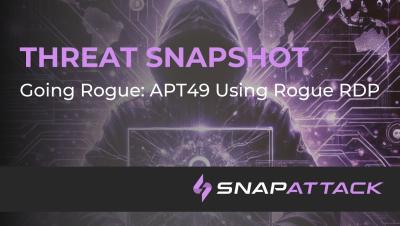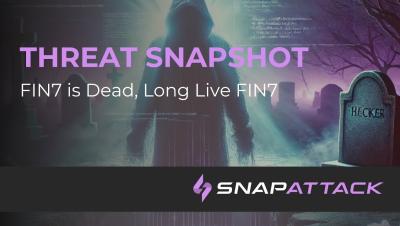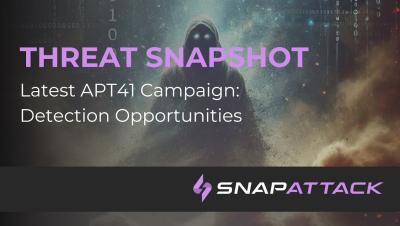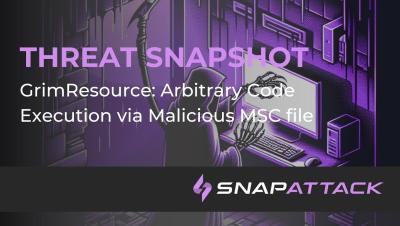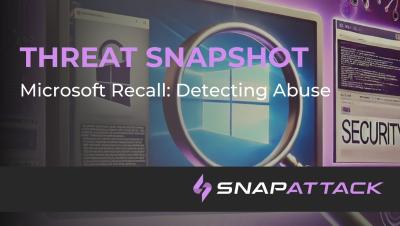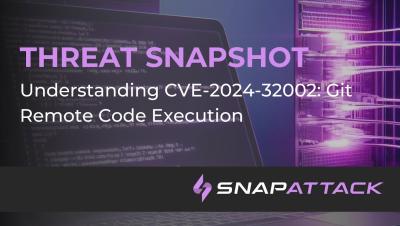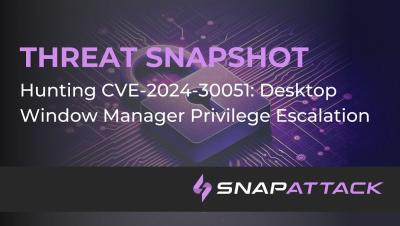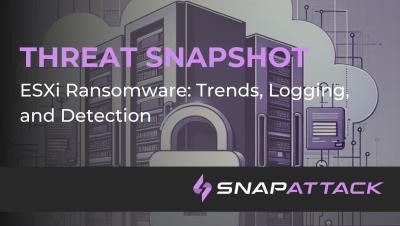2023 Top Routinely Exploited Vulnerabilities | Threat SnapShot
On November 12, 2024, a joint cybersecurity advisory was released by agencies from the United States, Australia, Canada, New Zealand, and the United Kingdom. This advisory highlights the **top routinely exploited vulnerabilities of 2023**, offering insights into persistent threats and the measures organizations can take to protect themselves.



